Image of 1976 Buick Century, Note: These illustrations use artistic license and may differ from actual historical models.
Performance Metrics
Fundamental Metrics
Emotional Appeal
MMP Rating
| Engine Specifications | |
|---|---|
| Engine: | 231 cu in (3.8 L) Buick V6, 350 cu in (5.7 L) Buick V8 |
| Displacement: | 231-350 cu in |
| Horsepower: | 105-165 hp |
| Torque: | 185-275 lb-ft |
| Compression Ratio: | 8.0:1 - 8.5:1 |
| Ignition System: | Electronic Ignition |
| Cooling System: | Liquid-cooled |
| Performance Specifications | |
| 0-60 Time: | Estimated 10-12 seconds |
| 1/4 Mile Time: | Estimated 17-19 seconds |
| Top Speed: | 105-110 mph |
| Transmission and Drive | |
| Drive Type: | Rear-wheel drive |
| Transmission Type: | 3-speed automatic, 4-speed manual |
| Fuel and Efficiency | |
| Fuel System Type: | Carburetor |
| MPG: | Estimated 15-20 mpg |
| Dimensions and Brakes | |
| Brakes: | Front disc, rear drum |
| Wheelbase: | 112.0 in |
| Weight: | 3,500-3,800 lbs |
Note: Specifications for classic cars are given to the best of our ability, considering the limited and variant data available.
1976 Buick Century: A Blend of Luxury and Performance
The 1976 Buick Century stands as a testament to an era when cars were a bold expression of personal style and engineering prowess. Born from the stables of General Motors, this mid-size automobile not only captured the essence of 70s automotive design but also showcased Buick's commitment to luxury and performance. At a time when the oil crisis had automakers scrambling to balance power with efficiency, the Century offered a glimmer of hope for enthusiasts craving muscle under the hood. A notable moment in its history was when the Buick Century served as the pace car for the Indianapolis 500 in 1975, cementing its place in automotive lore.
Design and Innovation
With its long hood, sweeping lines, and distinctive Colonnade styling, the exterior of the 1976 Buick Century exuded confidence. The interior was a haven of comfort, featuring plush seating and an array of woodgrain and chrome accents that spoke volumes about its luxury pedigree. For its time, the Century was at the forefront of innovation, offering features like an optional Max Trac traction control system to prevent wheel slip. Color options ranged from classic whites and blacks to more vibrant hues like Fire Red or Sky Blue, with the latter being a popular choice among aficionados. Body styles varied from sedans and coupes to station wagons, but it was the Regal Coupe that often stole the spotlight with its sporty silhouette.
Historical Significance
The 1976 Buick Century carved out a niche for itself by balancing luxury with an unexpected dose of performance. It stood out from competitors by offering a smaller, lighter body with a relatively powerful engine—a combination that would influence future automotive trends. Its design language echoed into subsequent decades, leaving a lasting imprint on Buick's lineage.
Performance and Handling
Underneath its hood lay a range of engine options, but it was the V8s that provided the Century with its spirited performance. With top speeds that could reach well over 100 mph and acceleration times from 0-60 mph that could impress even today's standards, this car was no slouch. Handling was surprisingly nimble for its size; drivers often praised its ability to absorb road imperfections while still maintaining composure on twisty paths. The symphony from its exhaust and tactile feedback through the steering wheel made every drive an event.
Ownership Experience
The 1976 Buick Century found its place as a versatile vehicle—equally at home on daily commutes as it was turning heads at car shows or occasionally hitting the local drag strip. Owners lauded its reliability and straightforward mechanics made it accessible for DIY repairs. However, like many vehicles of its time, rust could be an adversary for those in harsher climates.
Fun Facts
Among enthusiasts, it's whispered that certain '76 Centuries left the factory with larger engines than what was officially offered—a treat for those lucky few who stumbled upon them. While not record-breaking in terms of speed or sales, this model did enjoy screen time in various films and TV shows of its era. Critics often pointed to its fuel consumption as a downside during times of oil scarcity but acknowledged its allure nonetheless.
Collector's Information
Today, finding a 1976 Buick Century in pristine condition can be akin to discovering hidden treasure. Production numbers were substantial, yet survivors in mint condition are rare due to age and attrition. Values vary widely based on condition and originality; however, well-preserved examples can fetch anywhere from $10,000 to $20,000 or more at auction. The market has shown appreciation for these models over time as nostalgia for 70s American iron grows.
Conclusion
The 1976 Buick Century represents more than just a car; it's a slice of Americana that encapsulated the spirit of an era where luxury met muscle on equal terms. Owning one today is not just about having a classic—it's about driving a piece of history that continues to charm enthusiasts around the world.
1976 Buick Century Catalog of Parts
 1976 Buick Century Shock Absorber Grommet. 1" bottom O.D., 3/4" high-BN 1Shock Absorber Grommet. 1" bottom O.D., 3/4" high., with 7/16" I.D. Each
1976 Buick Century Shock Absorber Grommet. 1" bottom O.D., 3/4" high-BN 1Shock Absorber Grommet. 1" bottom O.D., 3/4" high., with 7/16" I.D. Each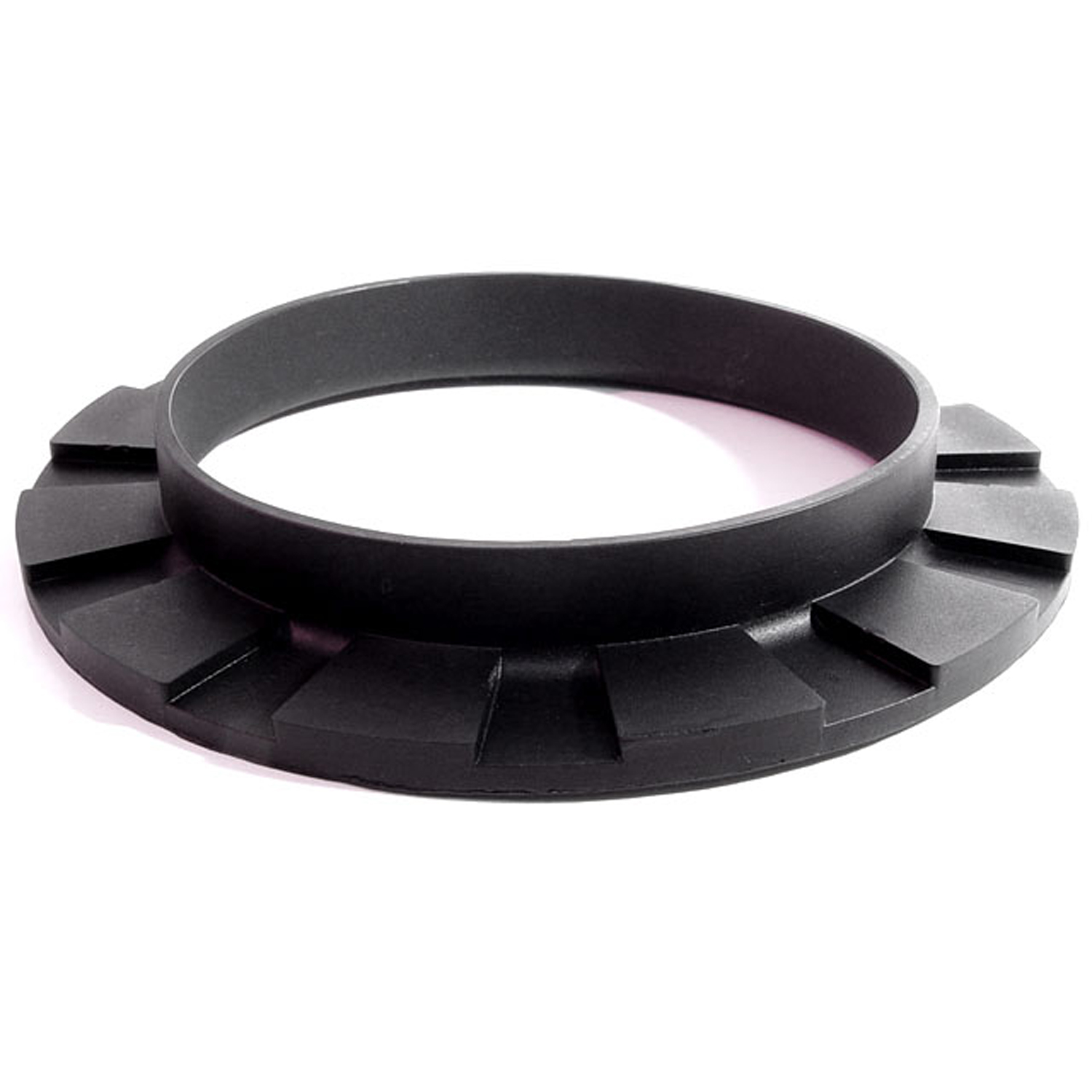 1976 Buick Century Front coil-spring insulator-BN 110Front coil-spring insulator. Fits '41-'60 Oldsmobile and '50-'83 GM passenger models. 5-3/8 in. OD x 3-3/4 in. ID x 3/4 in. high with 13/16 in. wide bottom flange 1/4" thick, 12 flutes. Each.
1976 Buick Century Front coil-spring insulator-BN 110Front coil-spring insulator. Fits '41-'60 Oldsmobile and '50-'83 GM passenger models. 5-3/8 in. OD x 3-3/4 in. ID x 3/4 in. high with 13/16 in. wide bottom flange 1/4" thick, 12 flutes. Each.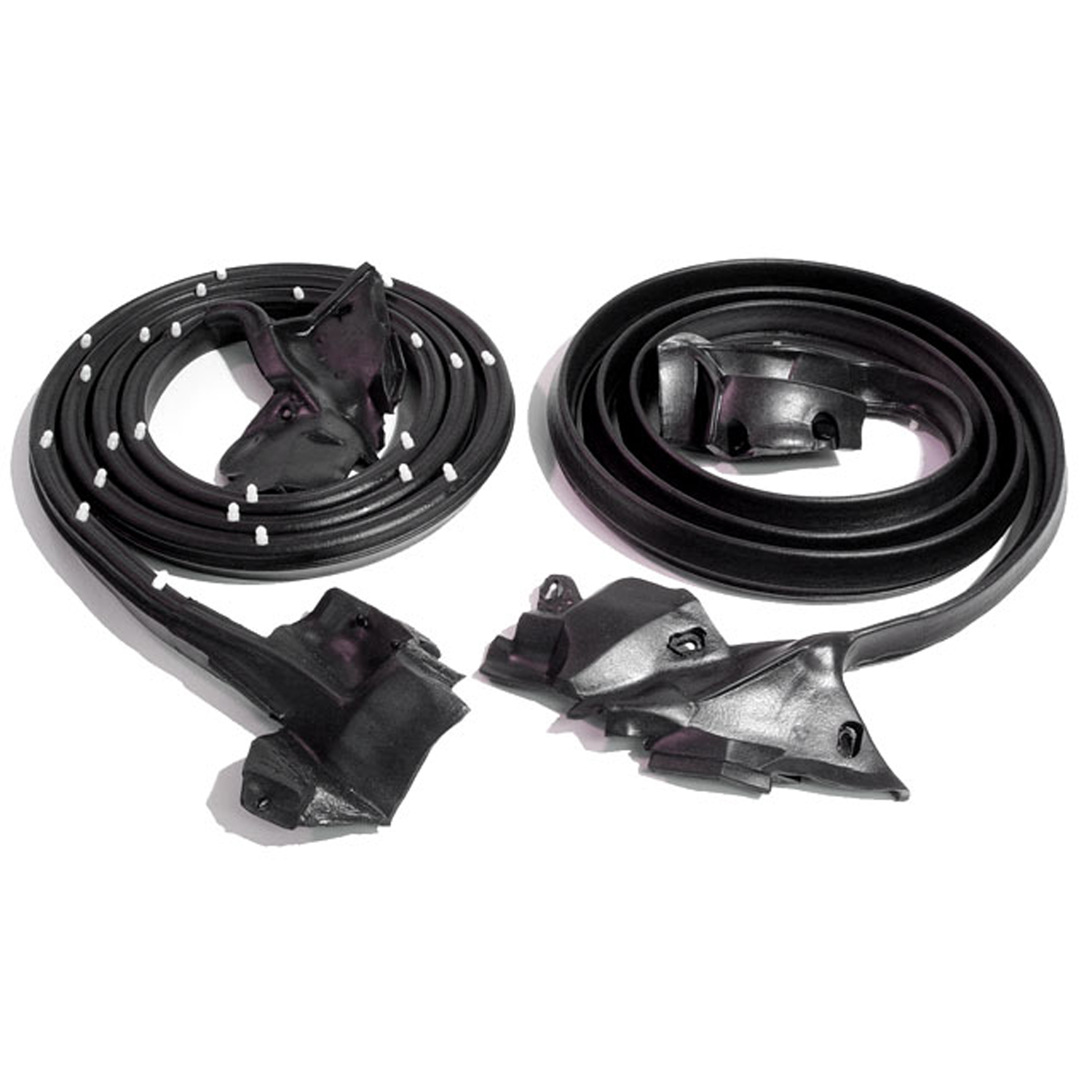 1976 Buick Century Molded Door Seals with Clips. For 2-door hardtops-LM 12-YMolded Door Seals with Clips. For 2-door hardtops. Replaces OEM #9870752/3. Each is 95-1/4" long. Pair R&L
1976 Buick Century Molded Door Seals with Clips. For 2-door hardtops-LM 12-YMolded Door Seals with Clips. For 2-door hardtops. Replaces OEM #9870752/3. Each is 95-1/4" long. Pair R&L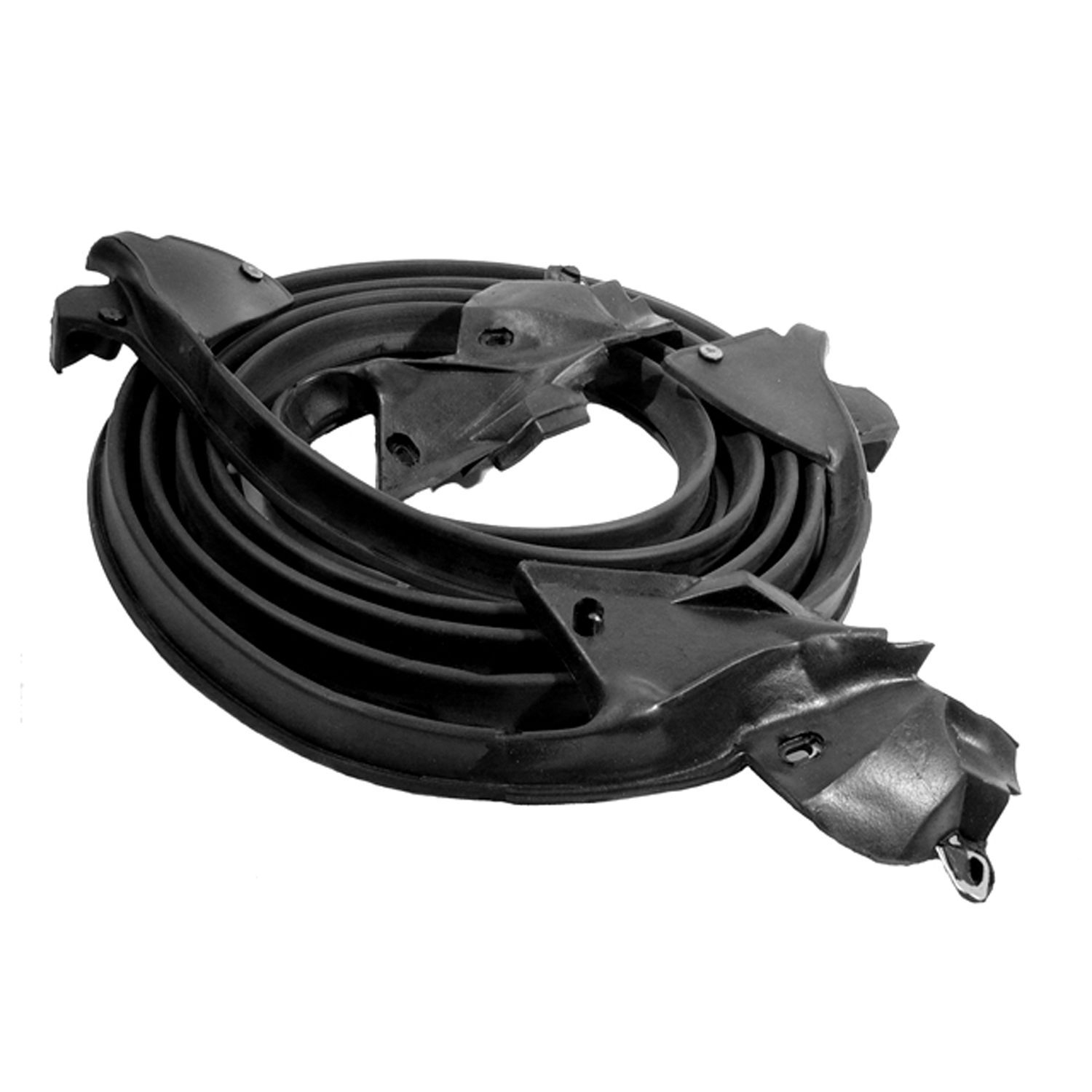 1976 Buick Century Front Molded Door Seals with Clips. For 4-door hardtops-LM 12-ZFront Molded Door Seals with Clips. For 4-door hardtops. Replaces OEM #9870656/7. Pair R&L
1976 Buick Century Front Molded Door Seals with Clips. For 4-door hardtops-LM 12-ZFront Molded Door Seals with Clips. For 4-door hardtops. Replaces OEM #9870656/7. Pair R&L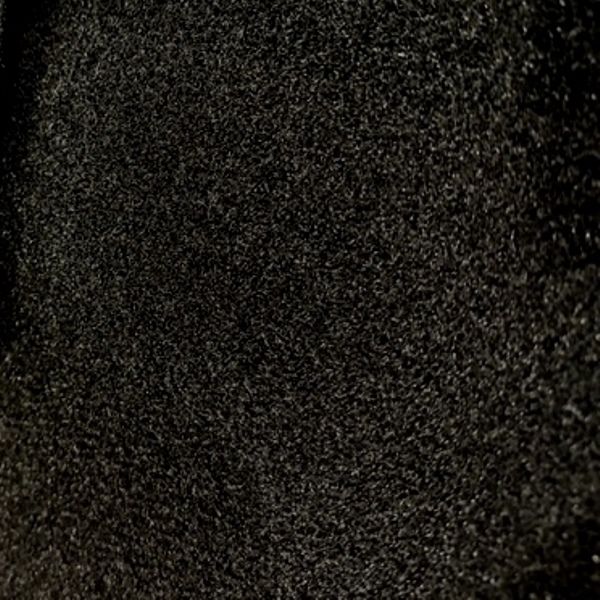 1976 Buick Century Trunk Liner. Loose weave, jet black. 50" wide-M 30Trunk Liner. Loose weave, jet black. 50" wide. Sold by the foot
1976 Buick Century Trunk Liner. Loose weave, jet black. 50" wide-M 30Trunk Liner. Loose weave, jet black. 50" wide. Sold by the foot 1976 Buick Century Basic kit-RKB 2003-115Basic kit. '73-'76 GM A-body Colonade, Formal, and Sport Coupe (Body Style 57 only). Includes Buick Century Luxus Colonade Coupe, Buick Centurion Sport Coupe, Buick Regal Formal Coupe, Buick LeSabre Sport Coupe and Custom Sport Coupe. Oldsmobile Cutlass Supreme and Supreme Salon Coupes. Doors (LM 12-Y), roof-rails (RR 5019-G), and trunk (TK 46-E/16) seals. 5-piece kit.
1976 Buick Century Basic kit-RKB 2003-115Basic kit. '73-'76 GM A-body Colonade, Formal, and Sport Coupe (Body Style 57 only). Includes Buick Century Luxus Colonade Coupe, Buick Centurion Sport Coupe, Buick Regal Formal Coupe, Buick LeSabre Sport Coupe and Custom Sport Coupe. Oldsmobile Cutlass Supreme and Supreme Salon Coupes. Doors (LM 12-Y), roof-rails (RR 5019-G), and trunk (TK 46-E/16) seals. 5-piece kit.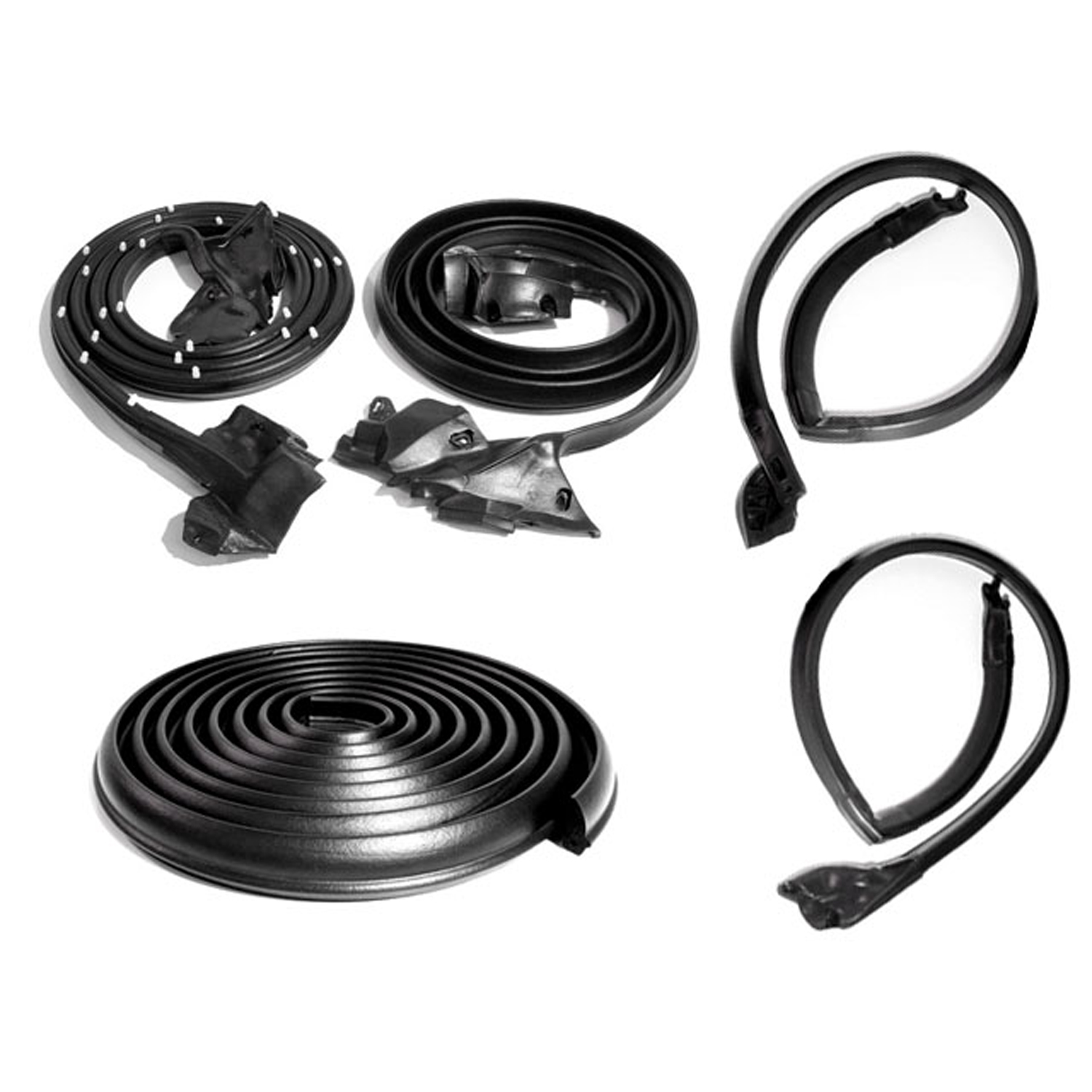 1976 Buick Century Basic Kit-RKB 2003-116Basic Kit. '73-'76 GM A-body Colonade 2-door hardtop coupe (body style 37 only). Doors (LM 12-Y), roof-rails (RR 5019), and trunk (TK 46-E/16) seals. 5-piece kit.
1976 Buick Century Basic Kit-RKB 2003-116Basic Kit. '73-'76 GM A-body Colonade 2-door hardtop coupe (body style 37 only). Doors (LM 12-Y), roof-rails (RR 5019), and trunk (TK 46-E/16) seals. 5-piece kit.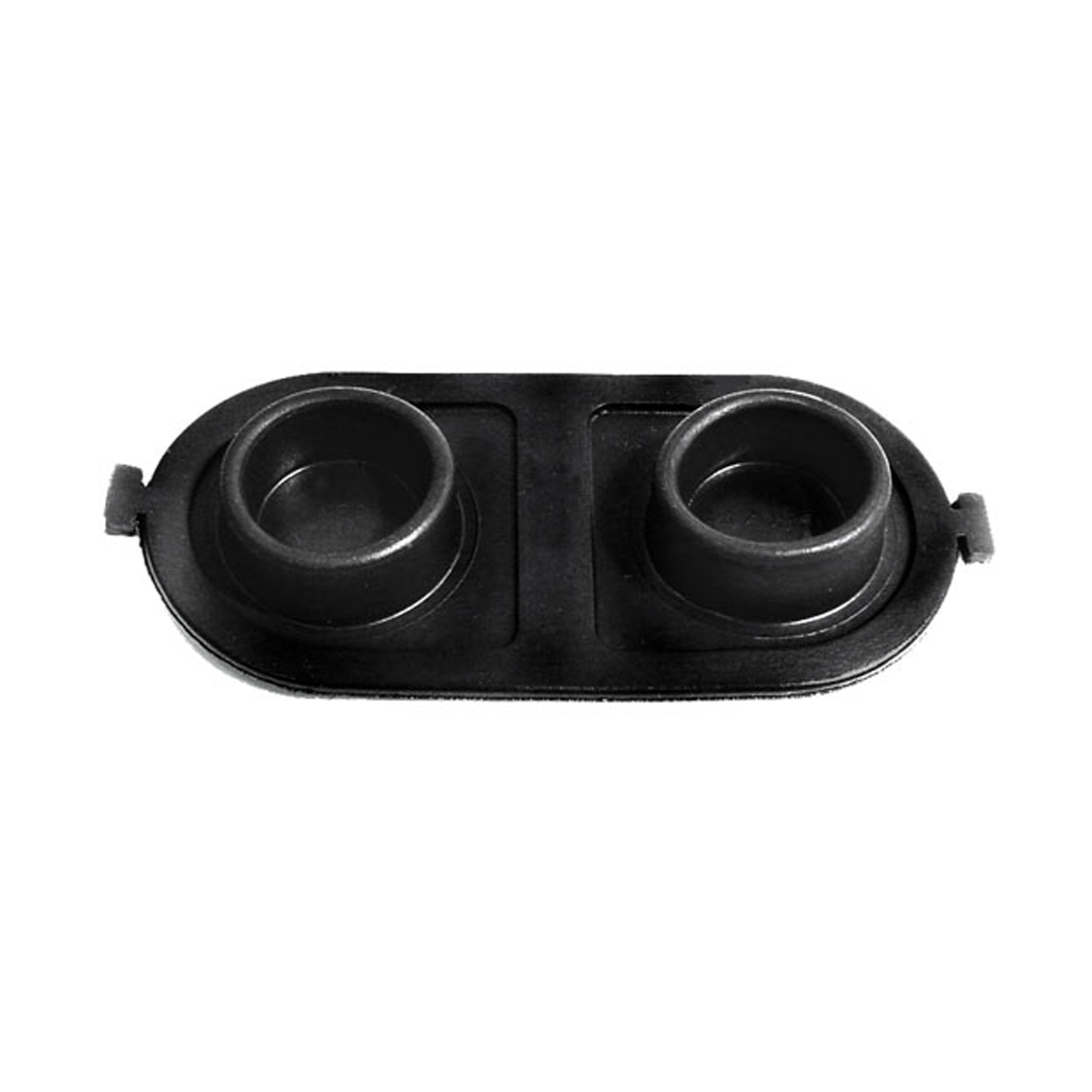 1976 Buick Century Brake Master Cylinder Cover Seal. Replaces OEM #5470861-RP 2-EBrake Master Cylinder Cover Seal. Replaces OEM #5470861. 5" X 2-1/2". Each
1976 Buick Century Brake Master Cylinder Cover Seal. Replaces OEM #5470861-RP 2-EBrake Master Cylinder Cover Seal. Replaces OEM #5470861. 5" X 2-1/2". Each 1976 Buick Century Molded roof-rail seals. 2-door hardtop-RR 5019Molded roof-rail seals. 2-door hardtop. Fits '73-'76 GM A-body Coupe and Sport Coupe (Body Style 37 only). (Ex: Buick Century 350 Coupe, Electra 225 Sport Coupe, Electra 225 Custom Sport Coupe.) Pair. R&L.
1976 Buick Century Molded roof-rail seals. 2-door hardtop-RR 5019Molded roof-rail seals. 2-door hardtop. Fits '73-'76 GM A-body Coupe and Sport Coupe (Body Style 37 only). (Ex: Buick Century 350 Coupe, Electra 225 Sport Coupe, Electra 225 Custom Sport Coupe.) Pair. R&L.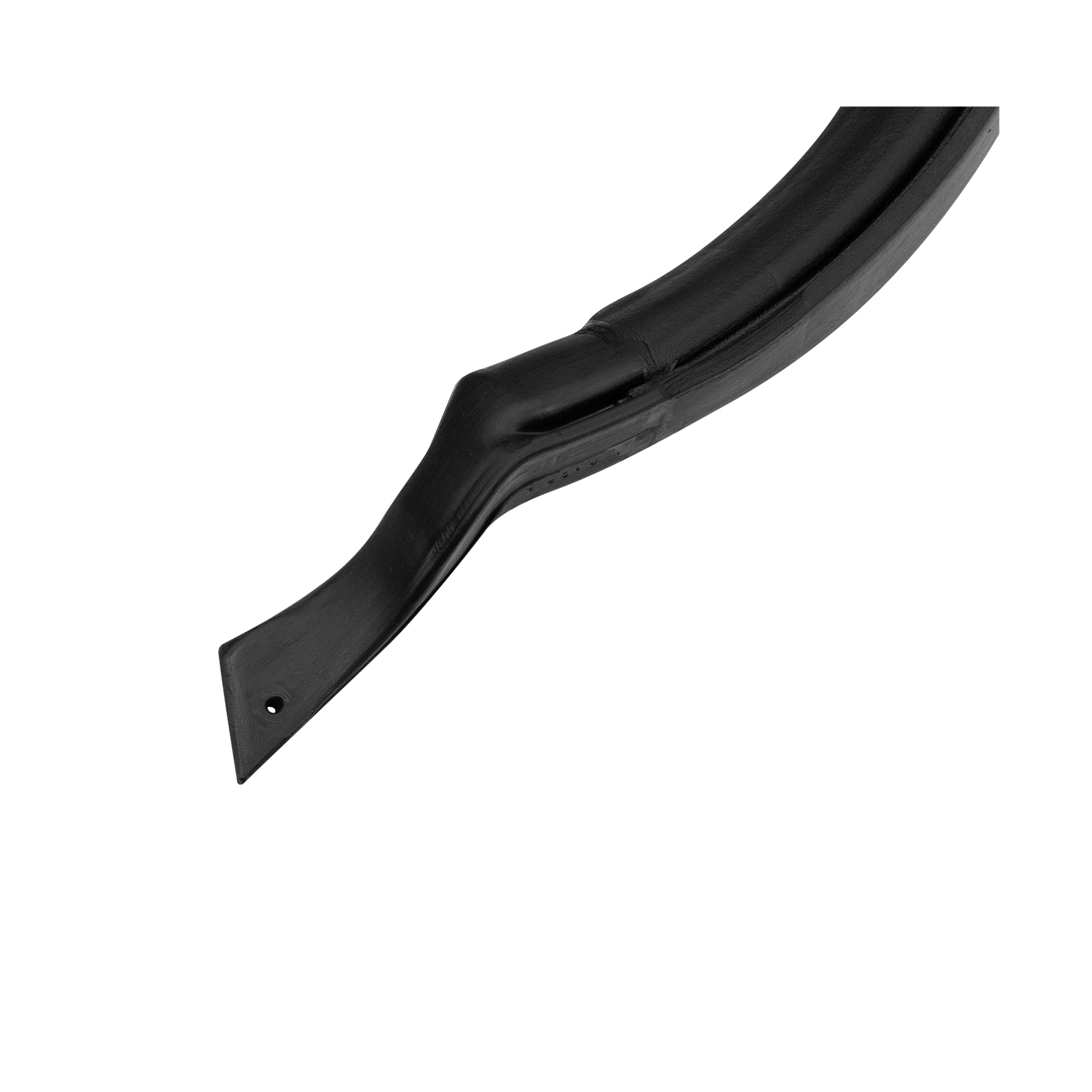 1976 Buick Century Rear roof rail seals, ’73-‘77 GM body 4 door hardtop models-RR 5019-RRear roof rail seals, '73-'77 GM body 4 door hardtop models, pair. Replaces OEM #'s 9878794/9878795
1976 Buick Century Rear roof rail seals, ’73-‘77 GM body 4 door hardtop models-RR 5019-RRear roof rail seals, '73-'77 GM body 4 door hardtop models, pair. Replaces OEM #'s 9878794/9878795 1976 Buick Century Front Roof Rail Seals-RR 5019-SFront Roof Rail Seals. Fits 4-door stationwagon and 4-door pillared hardtop sedans. Pair
1976 Buick Century Front Roof Rail Seals-RR 5019-SFront Roof Rail Seals. Fits 4-door stationwagon and 4-door pillared hardtop sedans. Pair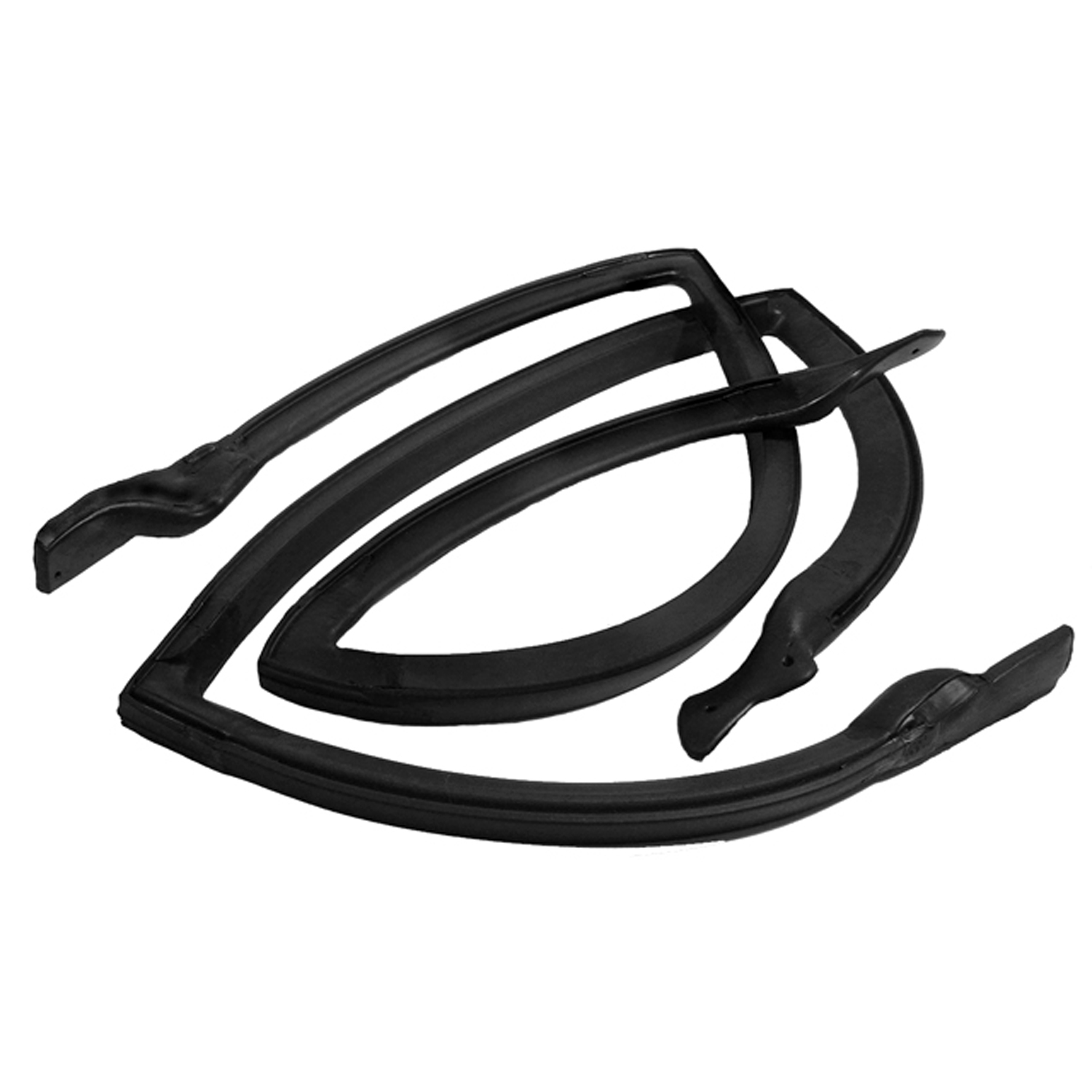 1976 Buick Century Rear Roof Rail Seals. Fits 4-door stationwagon. Pair-RR 5019-TRear Roof Rail Seals. Fits 4-door stationwagon. Pair
1976 Buick Century Rear Roof Rail Seals. Fits 4-door stationwagon. Pair-RR 5019-TRear Roof Rail Seals. Fits 4-door stationwagon. Pair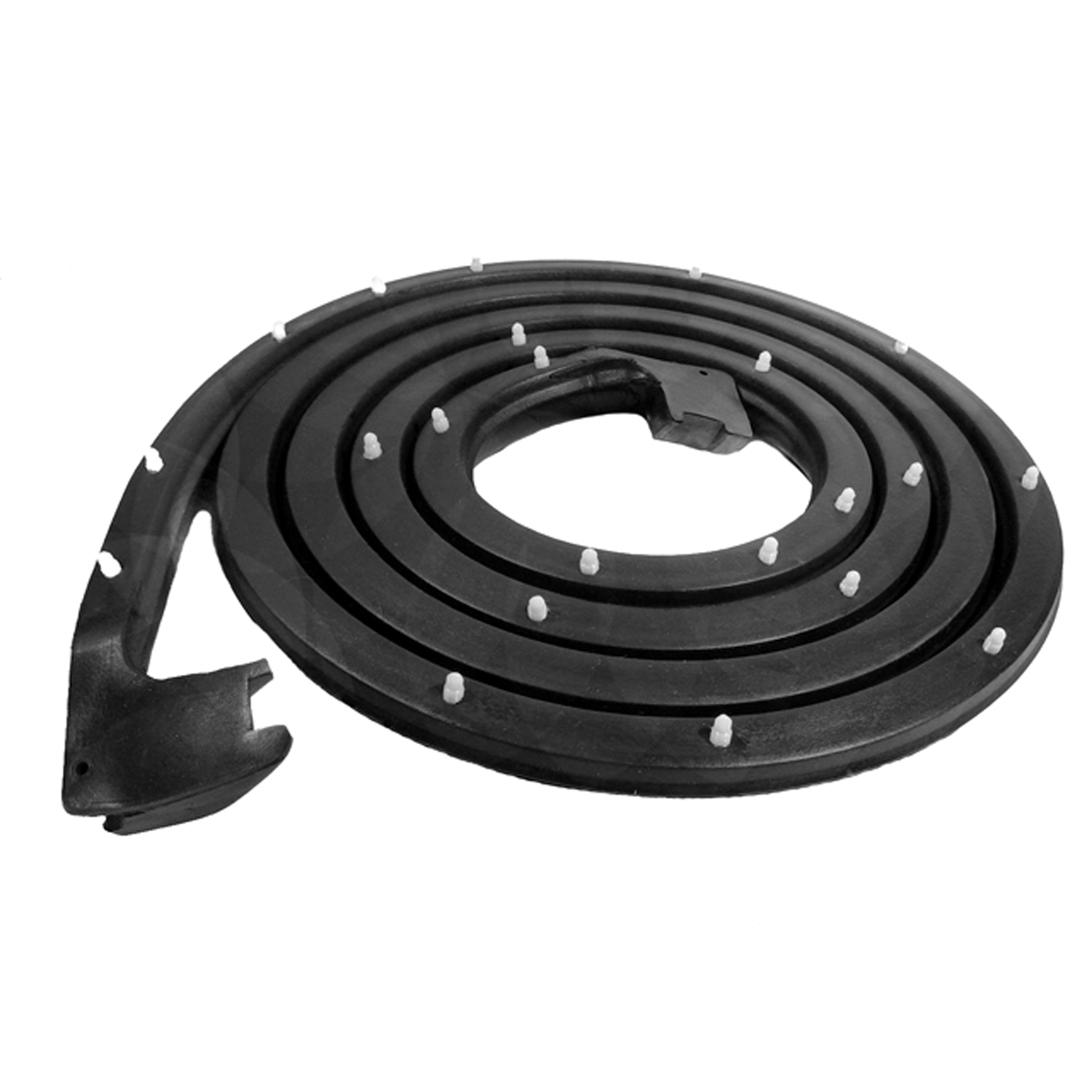 1976 Buick Century Tailgate Seal for 4-Door Station Wagons. Each-TG 15Tailgate Seal for 4-Door Station Wagons. Each
1976 Buick Century Tailgate Seal for 4-Door Station Wagons. Each-TG 15Tailgate Seal for 4-Door Station Wagons. Each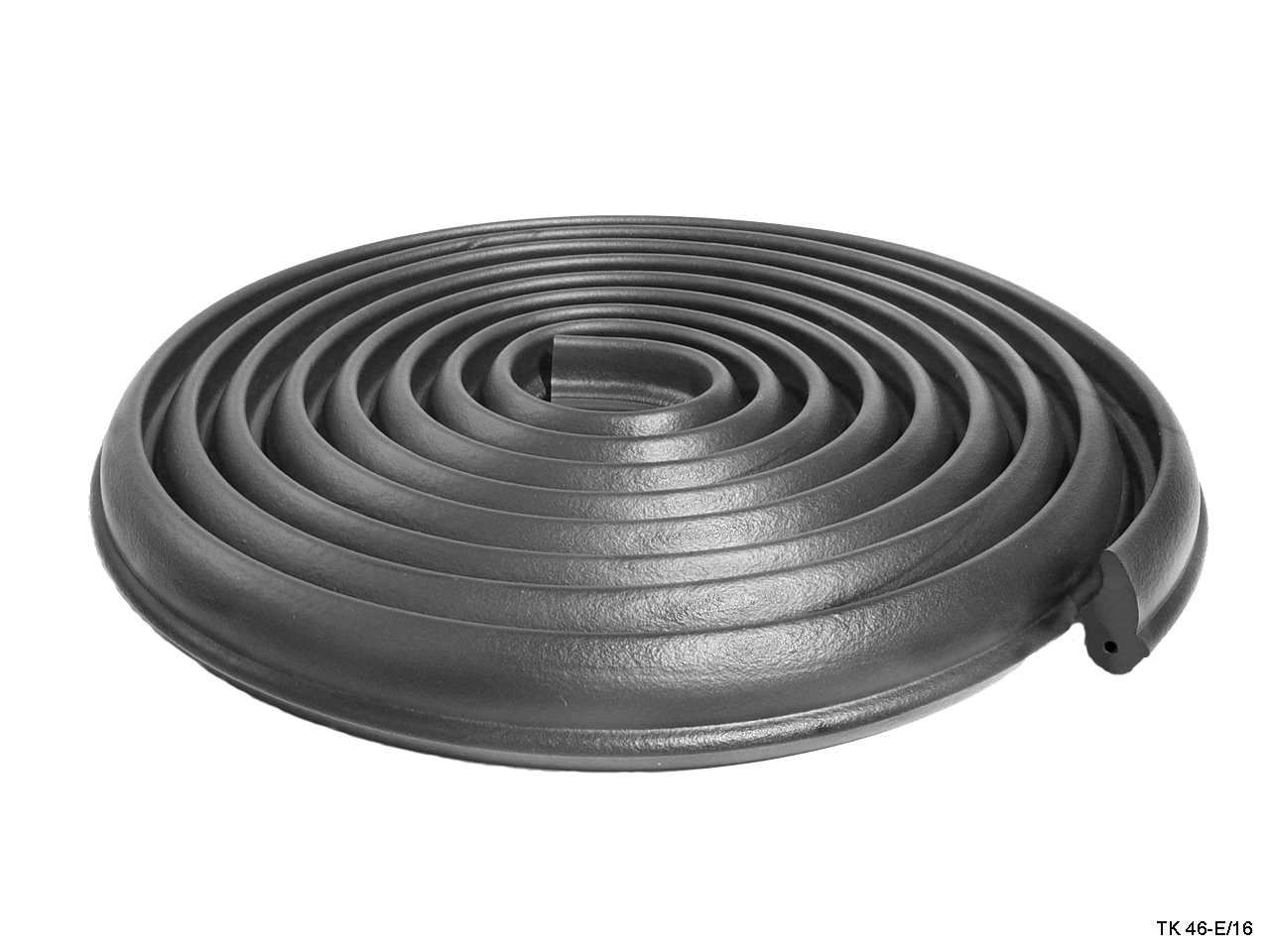 1976 Buick Century Trunk Seal. Each-TK 46-E/16Trunk Seal. Each
1976 Buick Century Trunk Seal. Each-TK 46-E/16Trunk Seal. Each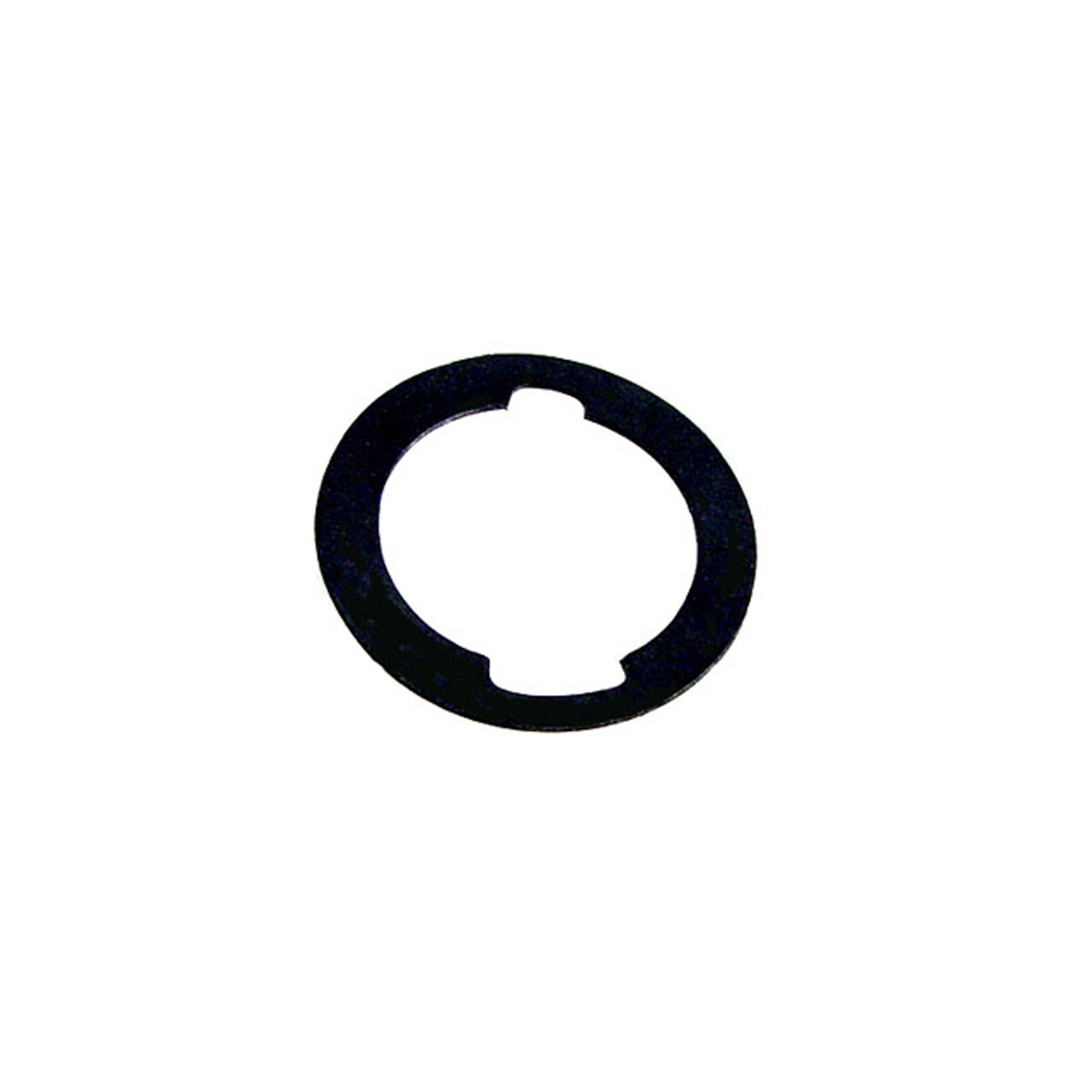 1976 Buick Century Unbeaded Door and Trunk Lock Gasket. 1-3/16" O.D., 7/8" I.D-UM 1600-100Unbeaded Door and Trunk Lock Gasket. 1-3/16" O.D., 7/8" I.D. Each
1976 Buick Century Unbeaded Door and Trunk Lock Gasket. 1-3/16" O.D., 7/8" I.D-UM 1600-100Unbeaded Door and Trunk Lock Gasket. 1-3/16" O.D., 7/8" I.D. Each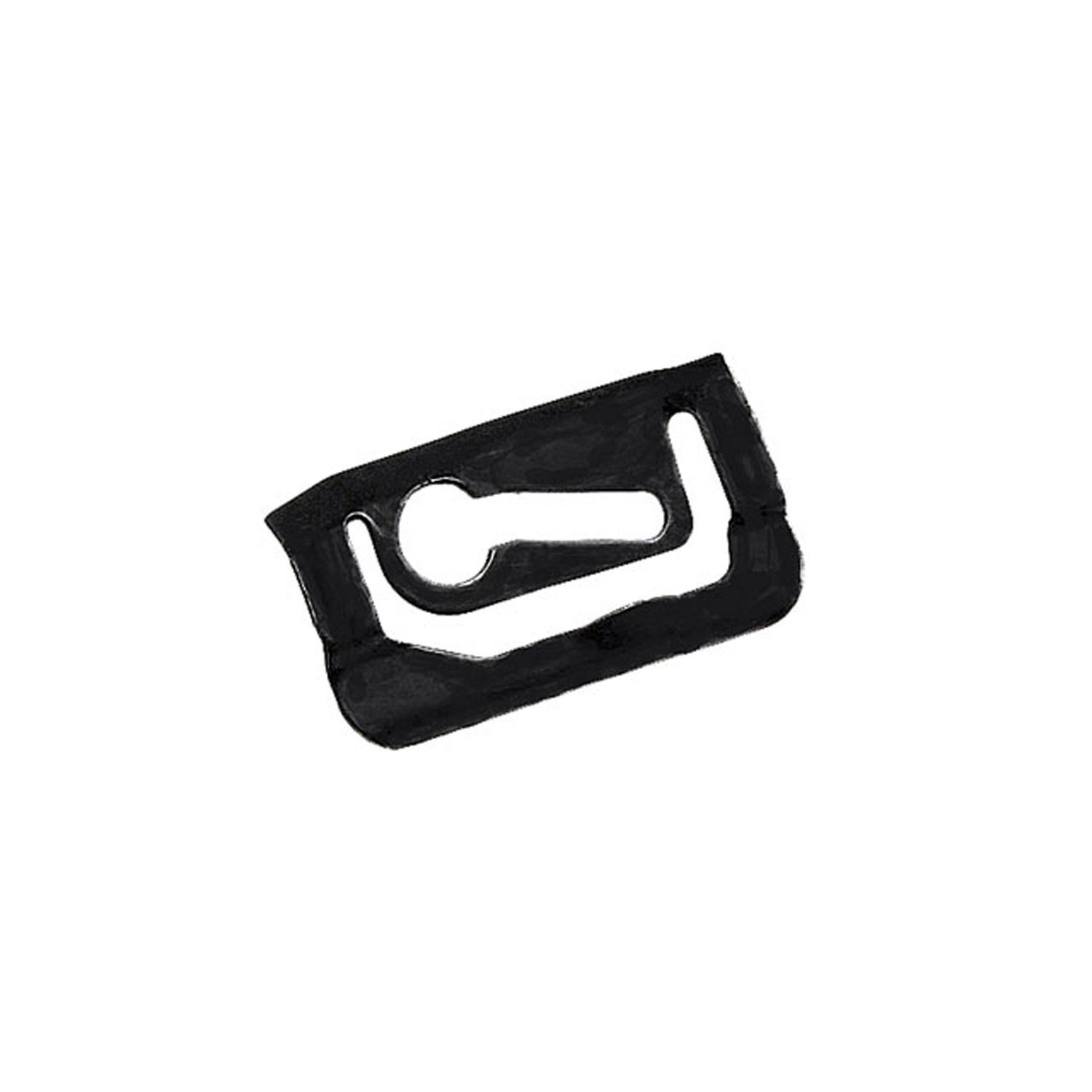 1976 Buick Century Rear Quarter Window Molding Clip. Made of steel-WF 204Rear Quarter Window Molding Clip. Made of steel. 3/4" x 1-3/8". Each
1976 Buick Century Rear Quarter Window Molding Clip. Made of steel-WF 204Rear Quarter Window Molding Clip. Made of steel. 3/4" x 1-3/8". Each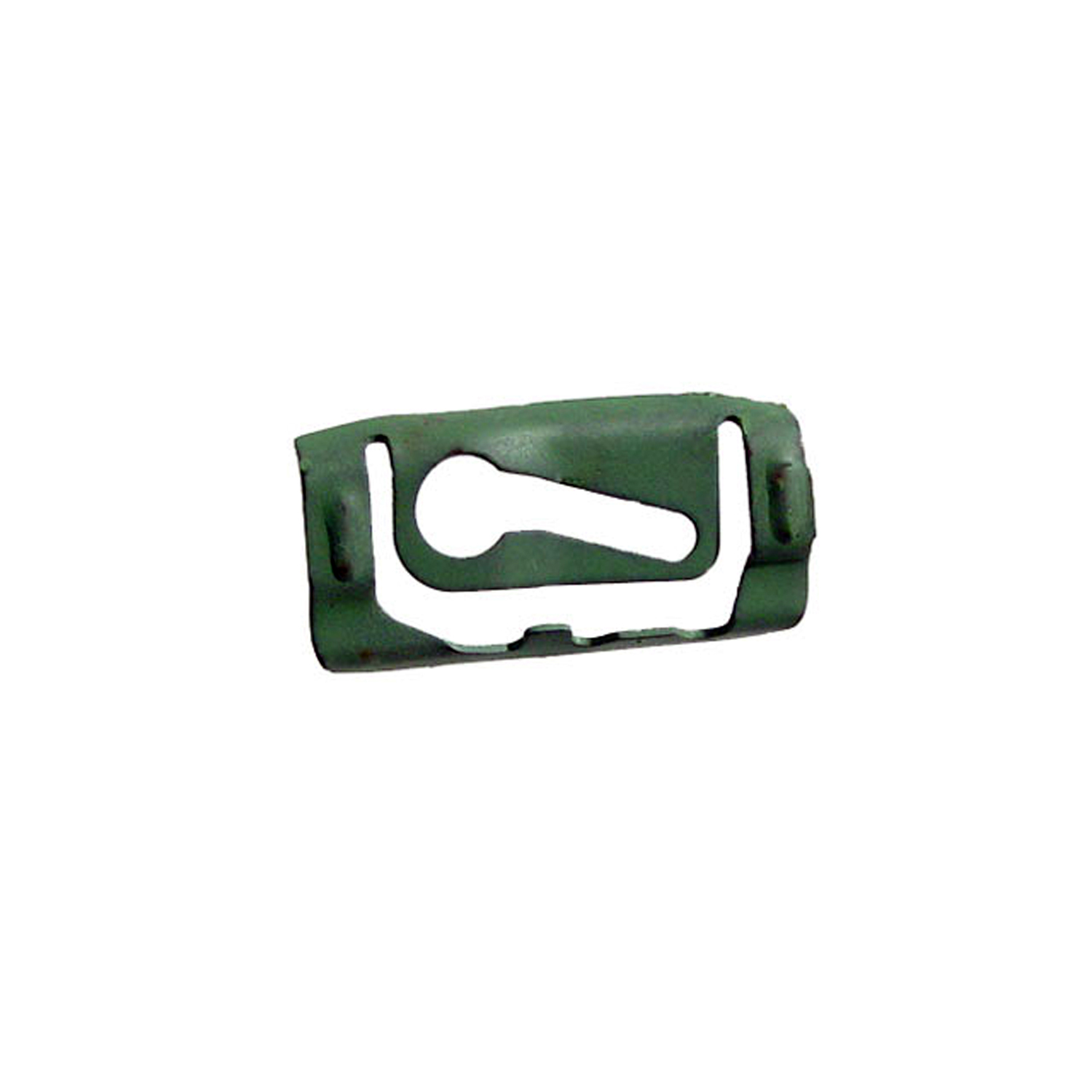 1976 Buick Century Quarter Window Reveal Molding Clip. Made of Steel-WF 205Quarter Window Reveal Molding Clip. Made of Steel. 1-3/8" X 11/16". Each
1976 Buick Century Quarter Window Reveal Molding Clip. Made of Steel-WF 205Quarter Window Reveal Molding Clip. Made of Steel. 1-3/8" X 11/16". Each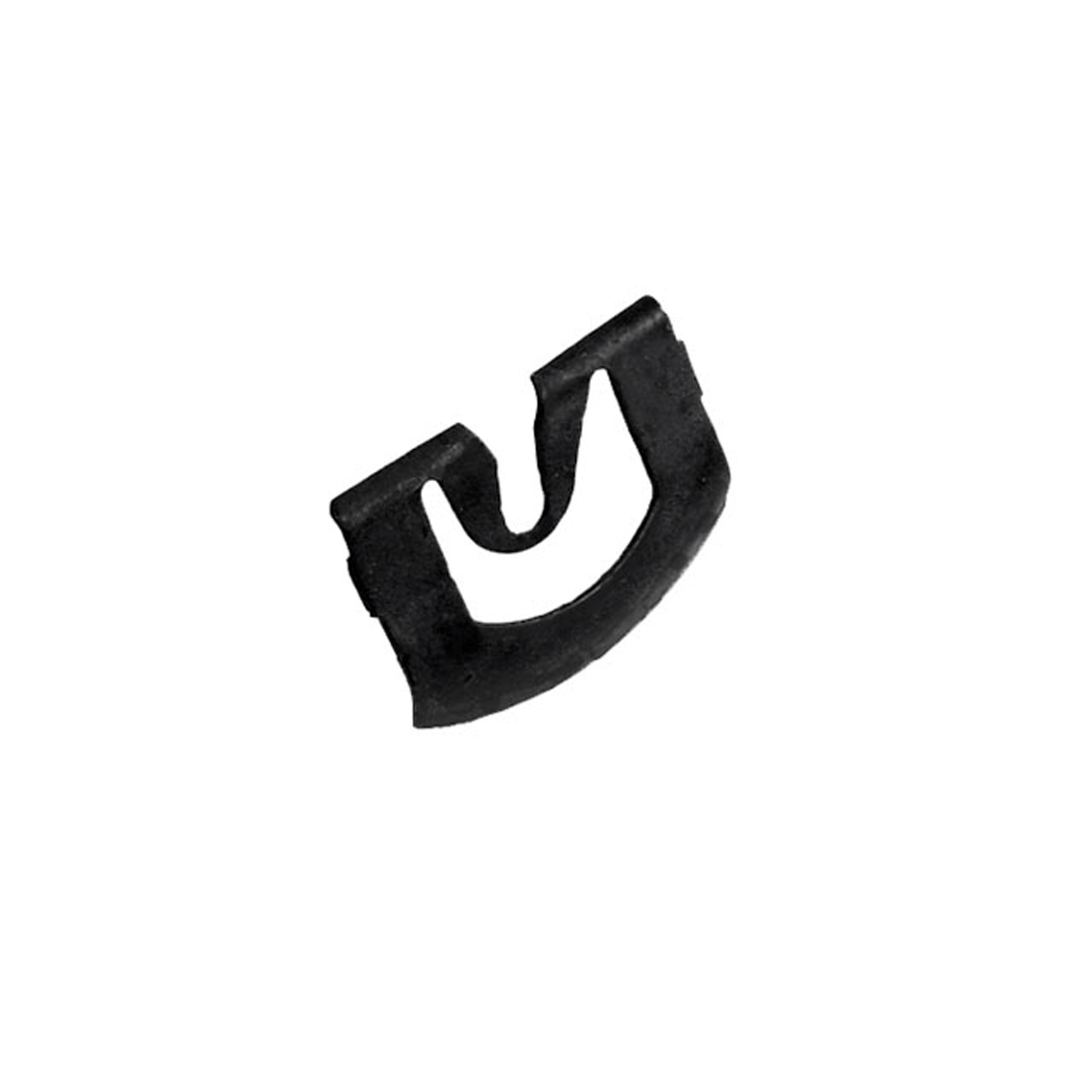 1976 Buick Century Windshield Reveal Molding Clip. Made of steel. 13/16" x 1"-WF 209Windshield Reveal Molding Clip. Made of steel. 13/16" x 1". Each
1976 Buick Century Windshield Reveal Molding Clip. Made of steel. 13/16" x 1"-WF 209Windshield Reveal Molding Clip. Made of steel. 13/16" x 1". Each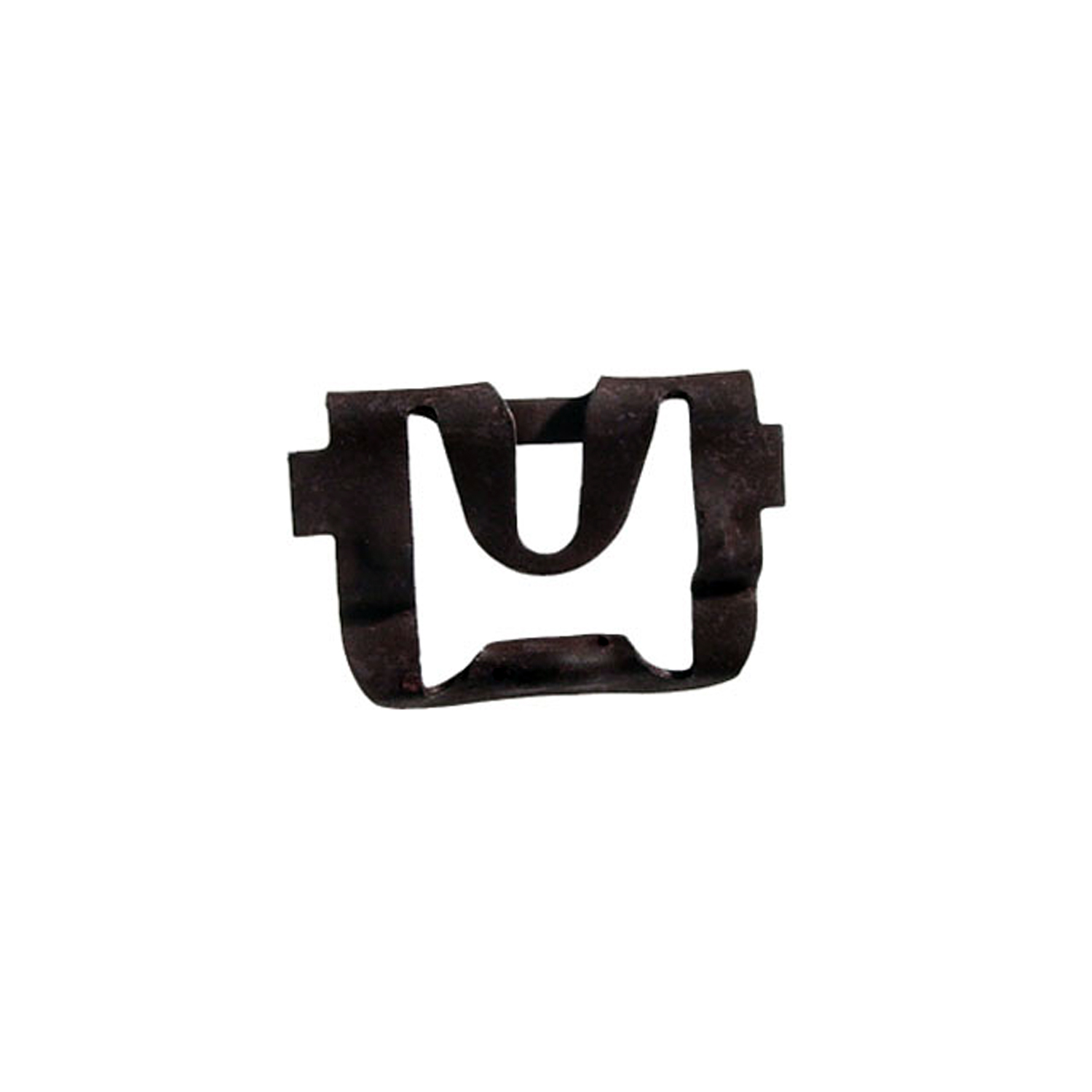 1976 Buick Century Rear Windshield Reveal Molding Clip. Made of steel-WF 211Rear Windshield Reveal Molding Clip. Made of steel. 15/16" X 3/4". Each
1976 Buick Century Rear Windshield Reveal Molding Clip. Made of steel-WF 211Rear Windshield Reveal Molding Clip. Made of steel. 15/16" X 3/4". Each 1976 Buick Century Lower Side Window Reveal Molding Clip. Made of nylon-WF 214Lower Side Window Reveal Molding Clip. Made of nylon. 1-1/4" x 3/4". Each
1976 Buick Century Lower Side Window Reveal Molding Clip. Made of nylon-WF 214Lower Side Window Reveal Molding Clip. Made of nylon. 1-1/4" x 3/4". Each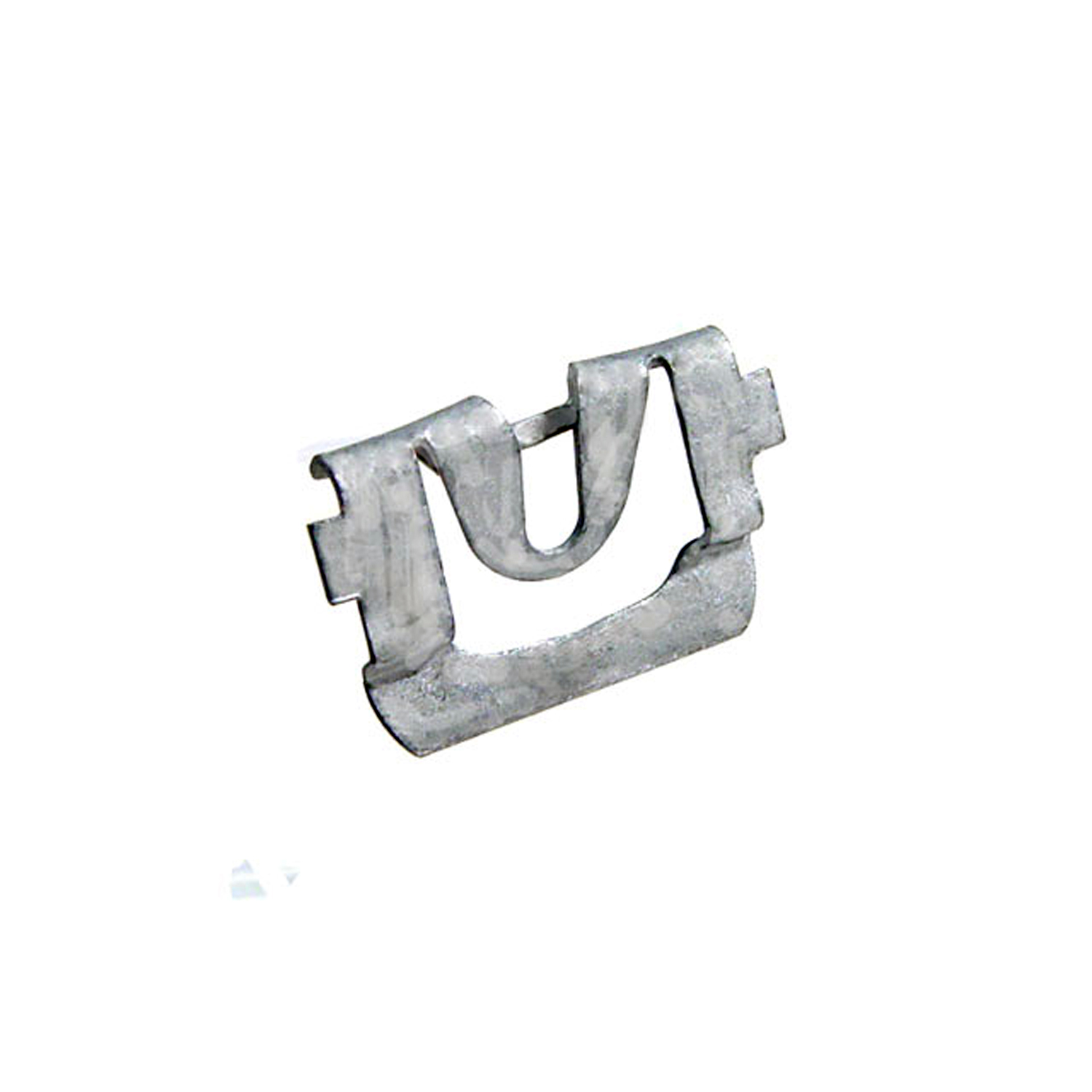 1976 Buick Century Windshield Reveal Molding Clip. Made of steel-WF 223Windshield Reveal Molding Clip. Made of steel. 1/1/8" X 3/4". Each
1976 Buick Century Windshield Reveal Molding Clip. Made of steel-WF 223Windshield Reveal Molding Clip. Made of steel. 1/1/8" X 3/4". EachWhy Choose Metro?
For over 100 years, Metro Moulded Parts has been the pinnacle of quality in classic car restoration parts. Our commitment to precision and authenticity in every component ensures a perfect fit and an OEM-level appearance.
- Expert Craftsmanship & Quality: Each part is a testament to our dedication to reliability and perfection, crafted from original designs and thoroughly tested.
- Advanced Technology: We use cutting-edge techniques to create flawless, long-lasting parts that surpass others in performance.
- SuperSoft Sponge – The Ultimate Door Seal: Not only are our door seals 30% softer than competitors', but they're also guaranteed to never leak. They effectively reduce wind and road noise, enhancing your classic car's comfort and driving experience.
- Proudly American: Our parts are a product of American craftsmanship, made in the USA with a spirit of excellence and heritage.
- Unrivaled Warranty: We back our products with a 30-year industry-leading warranty, a testament to our confidence in their quality.
Join us in preserving the legacy of classic cars with parts that are crafted for perfection, not just made.

